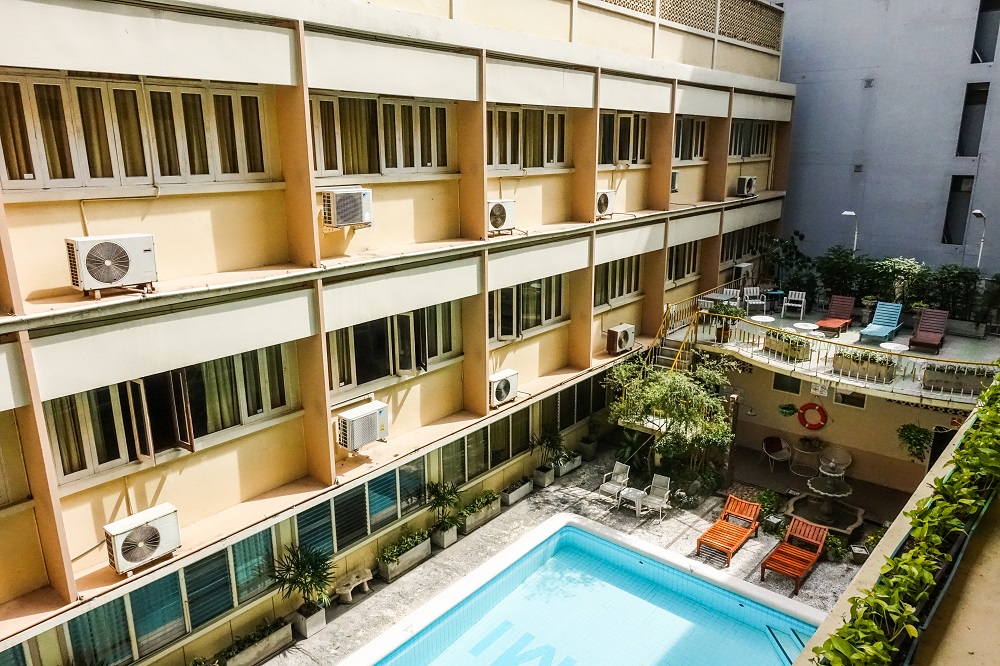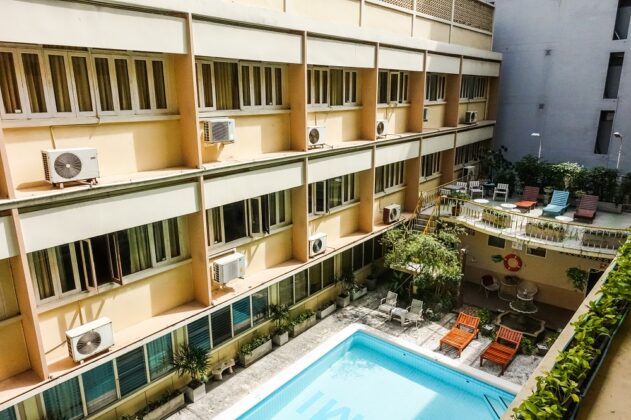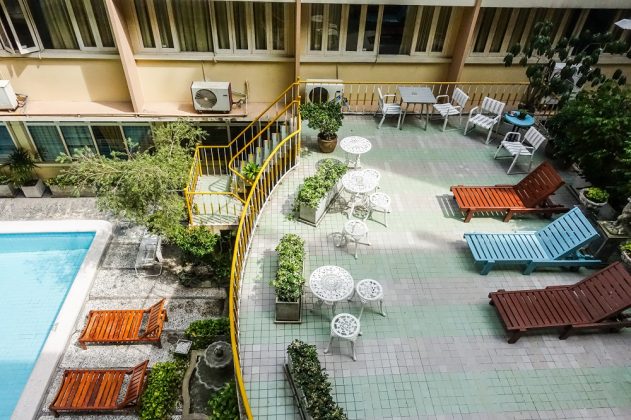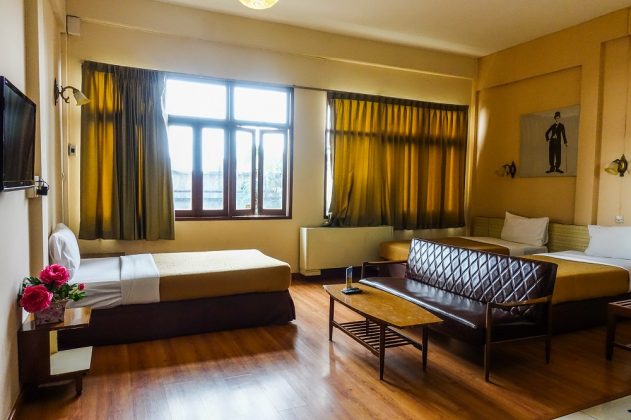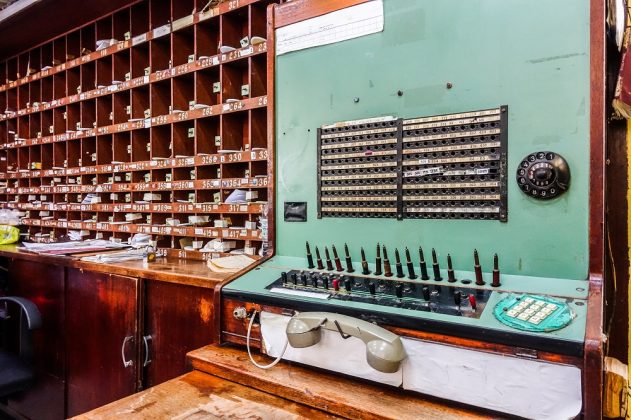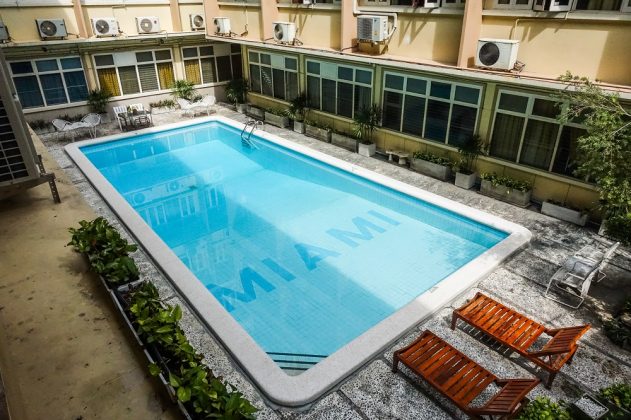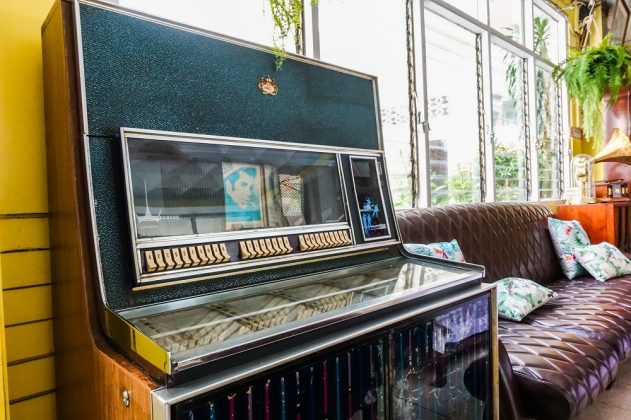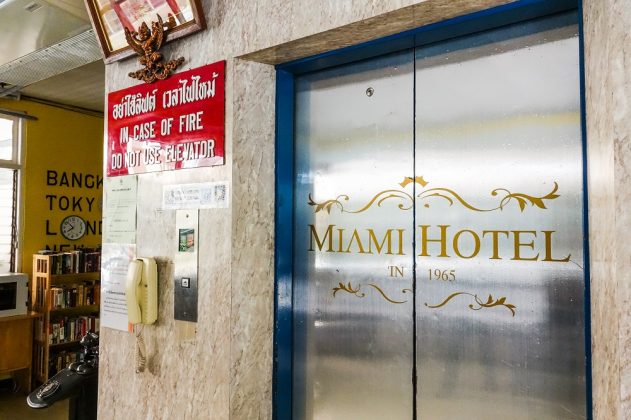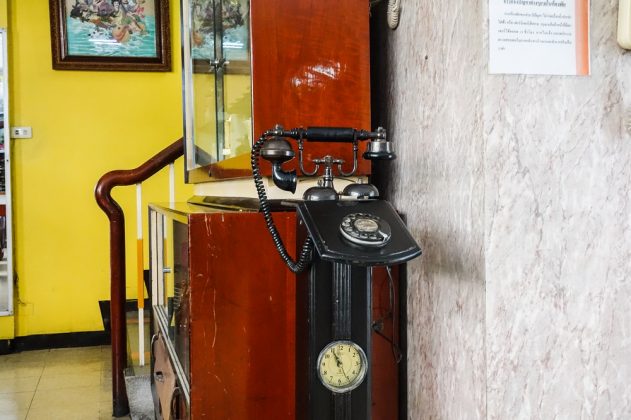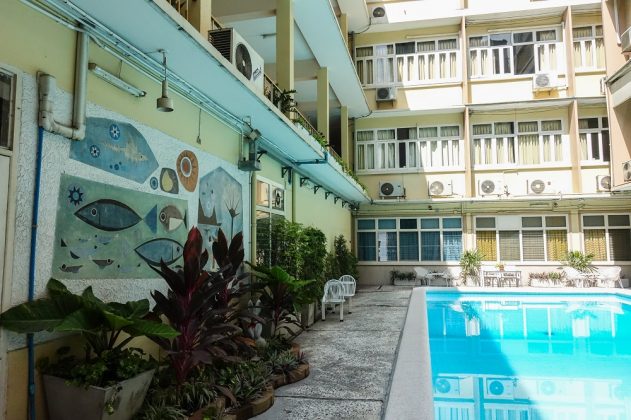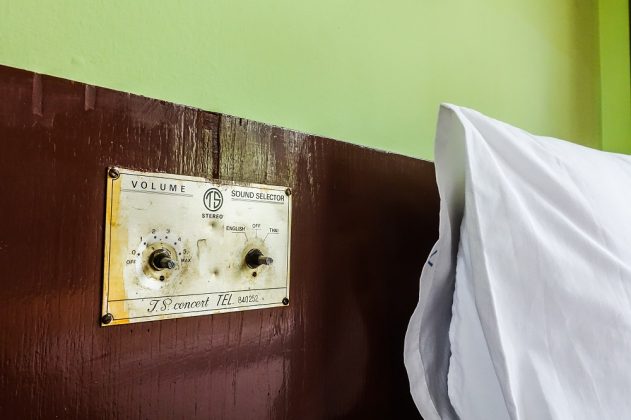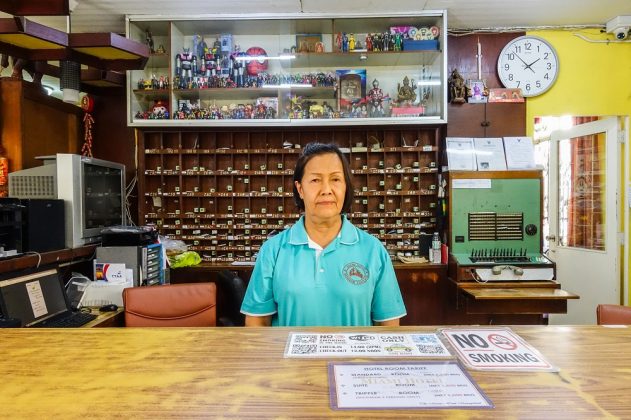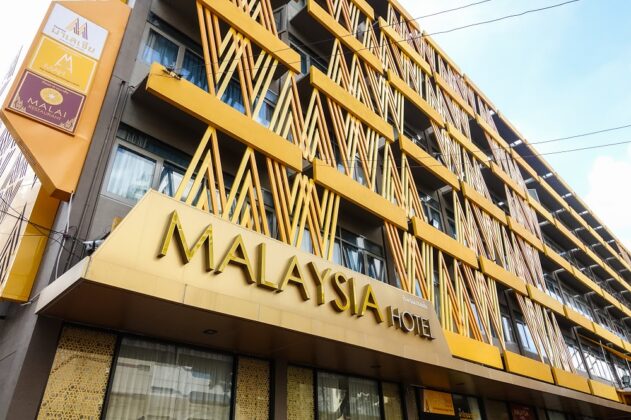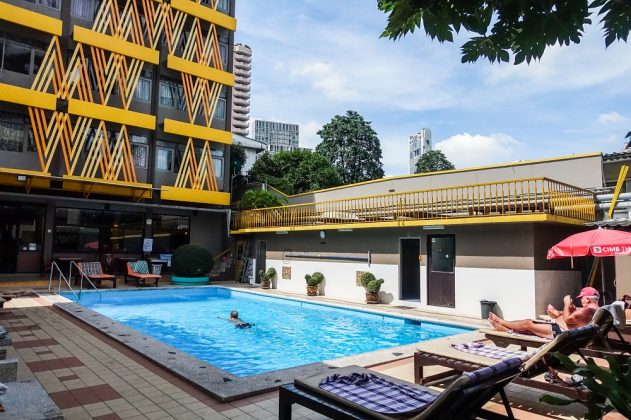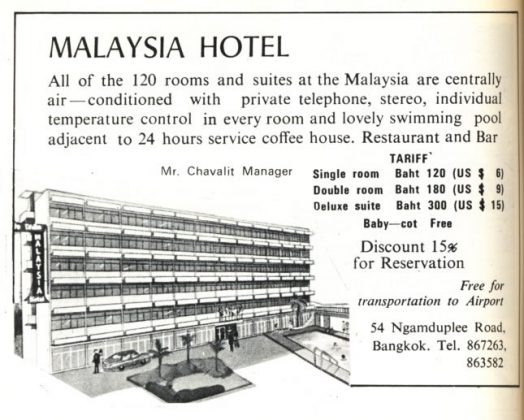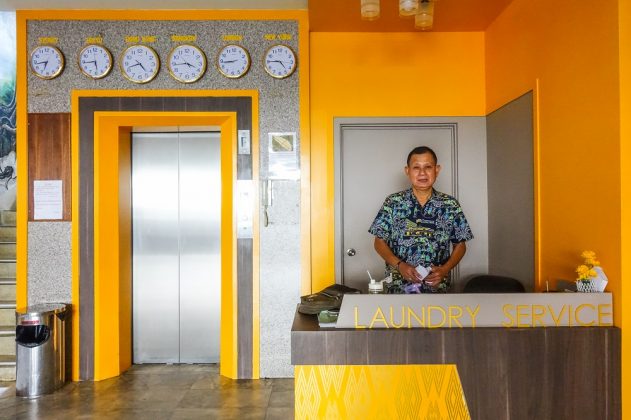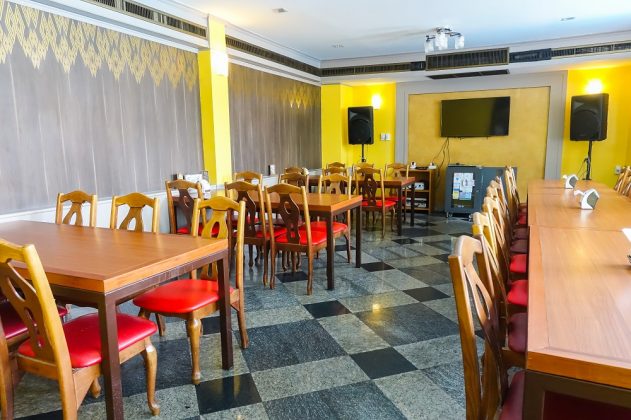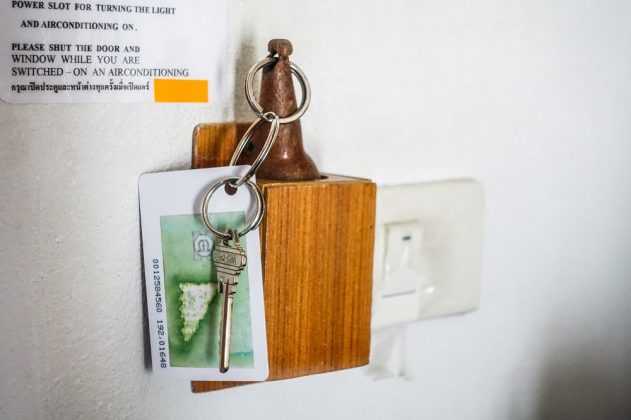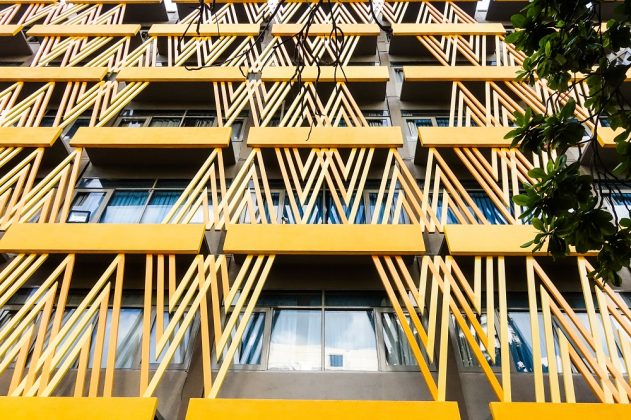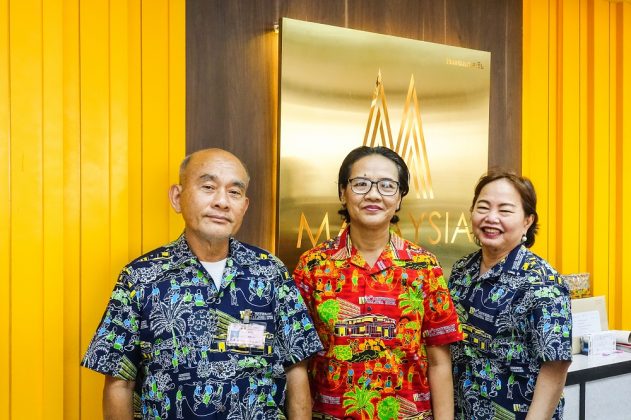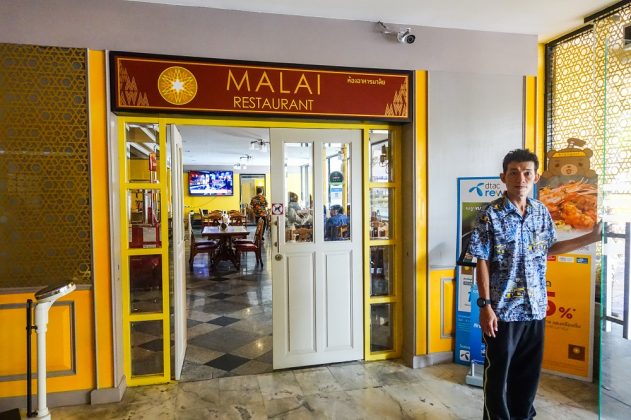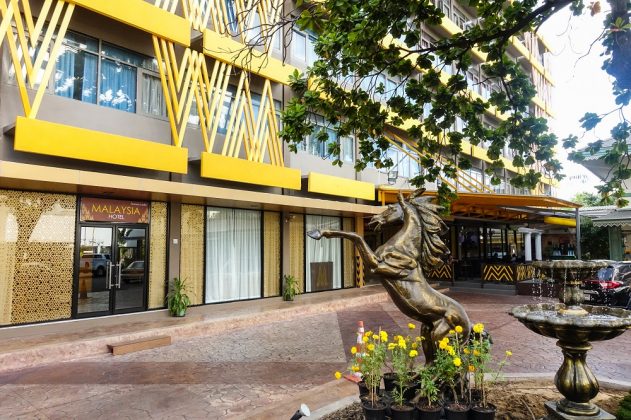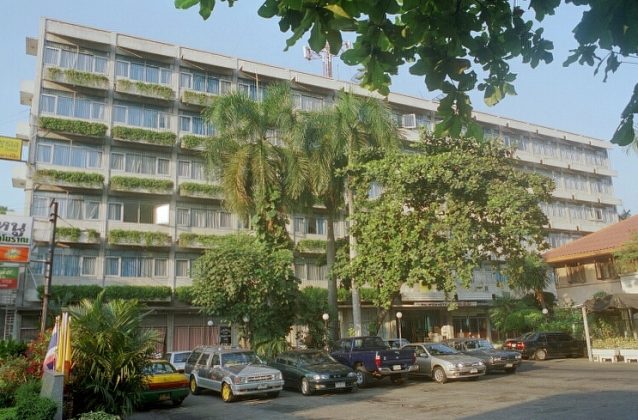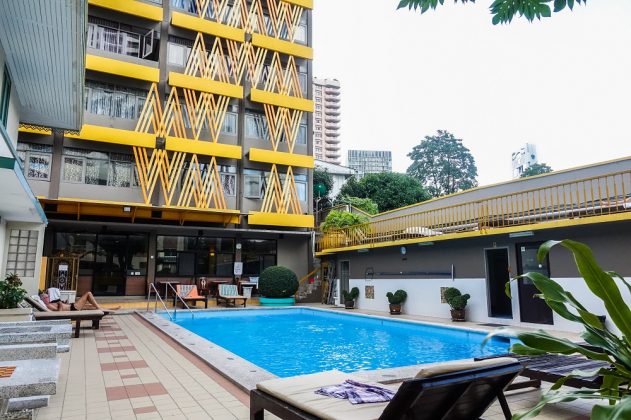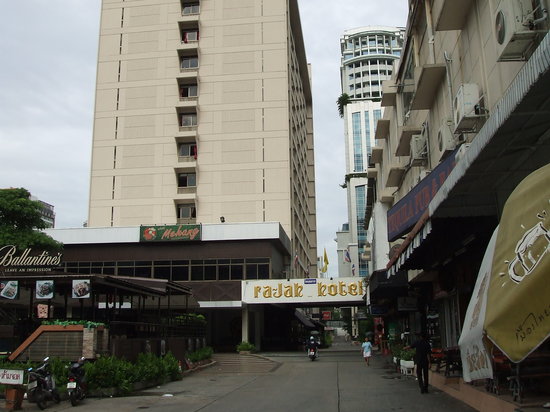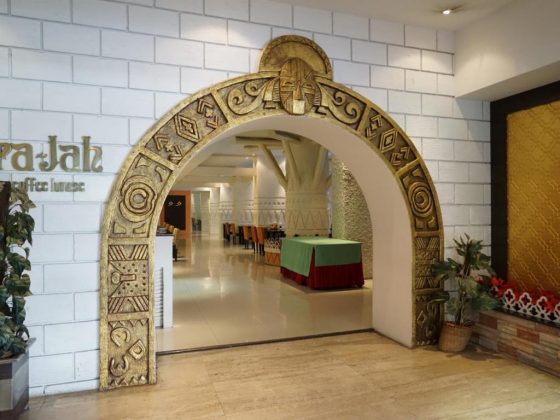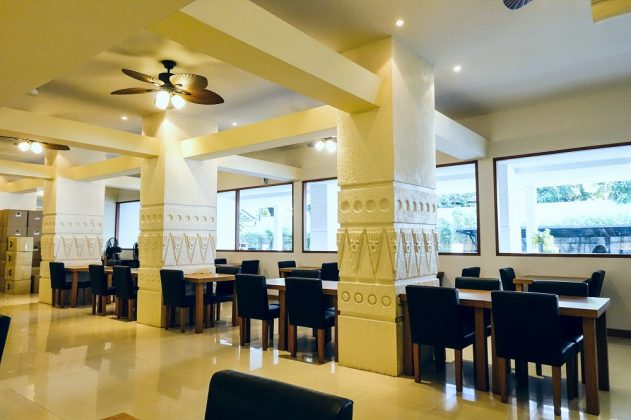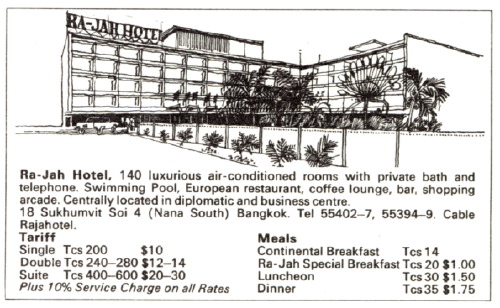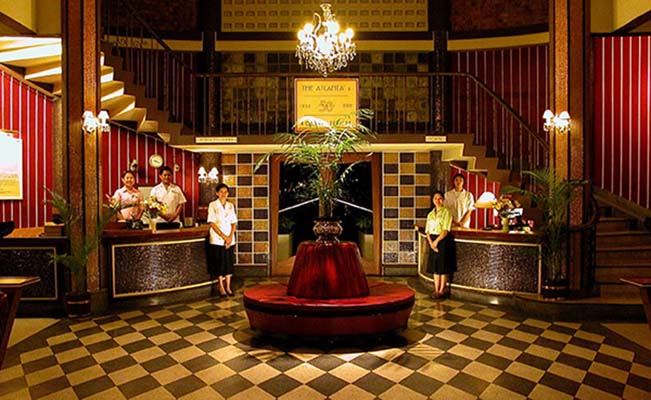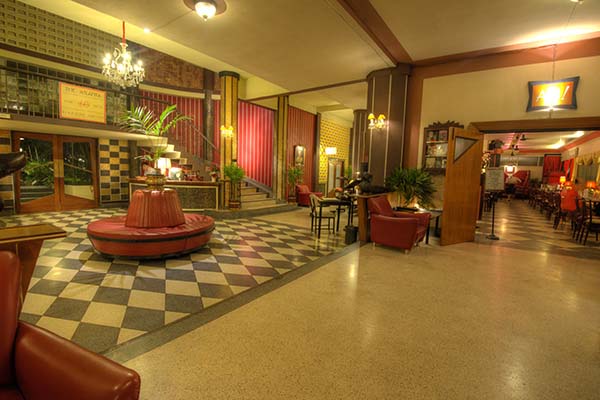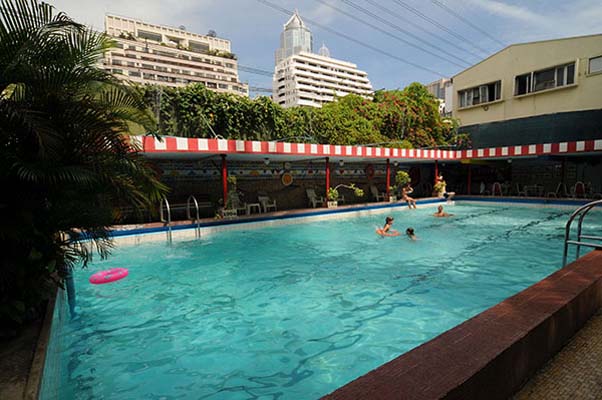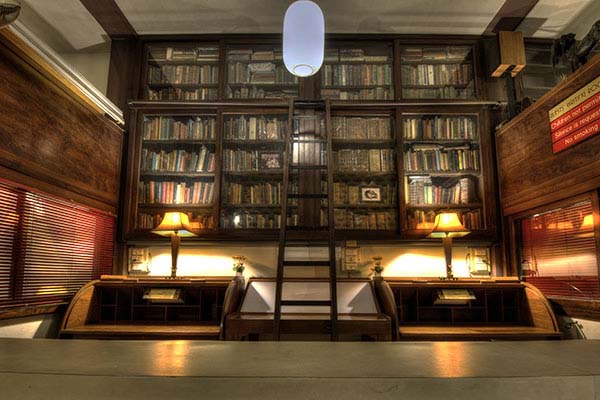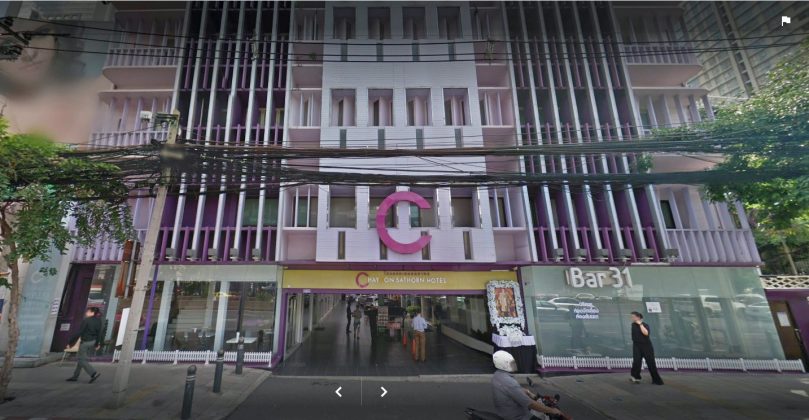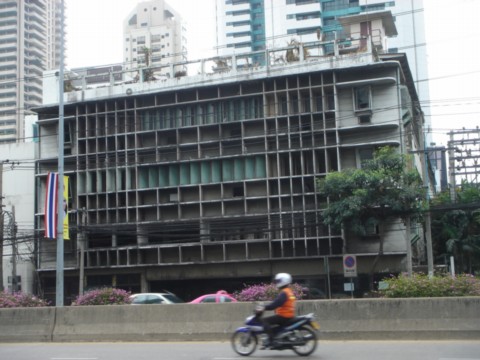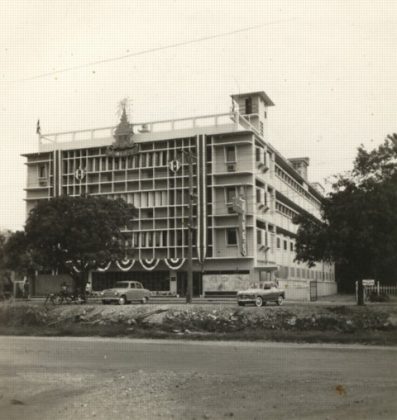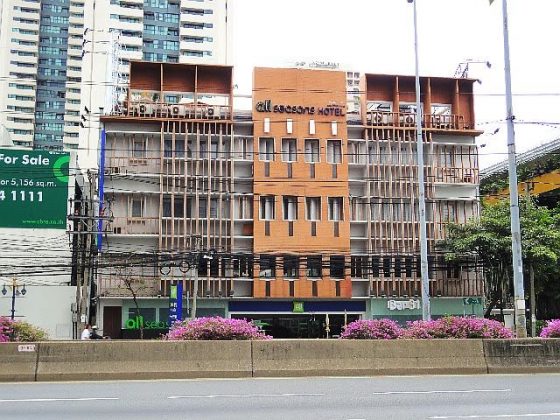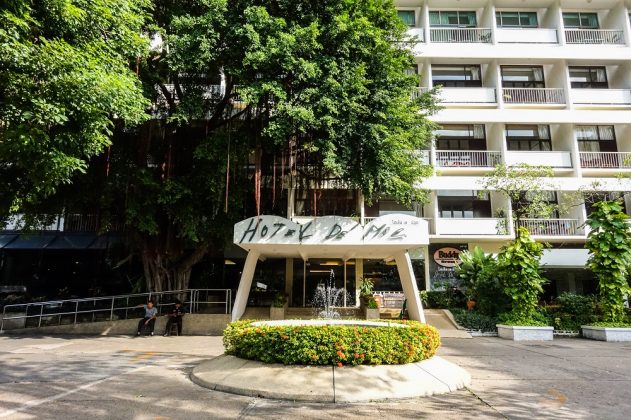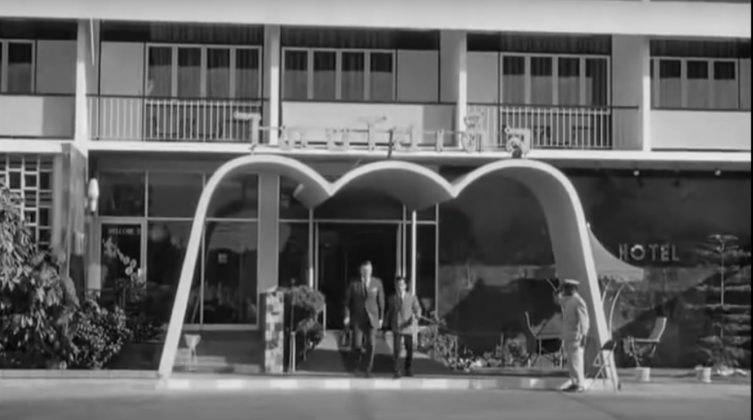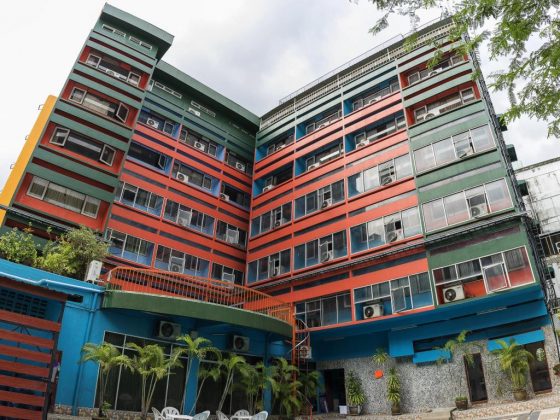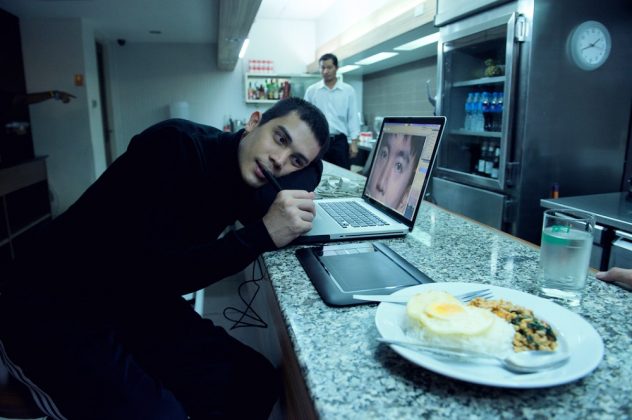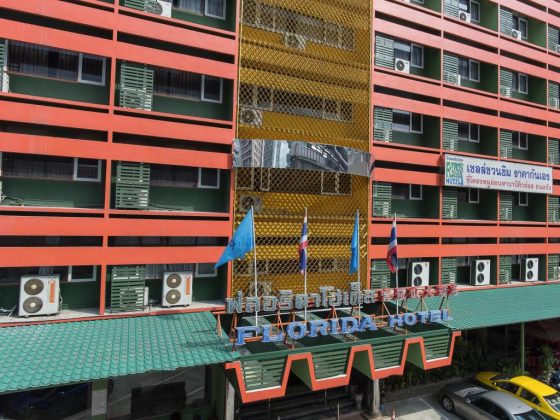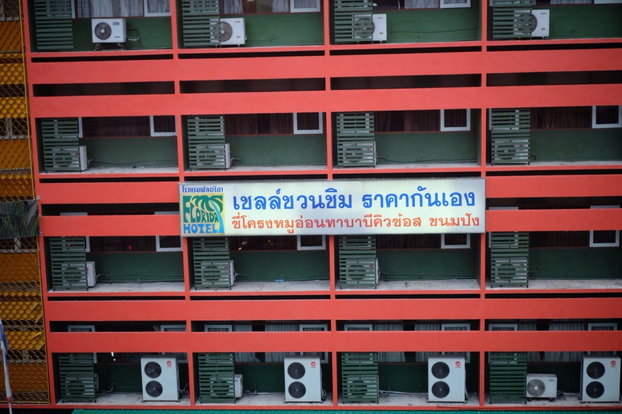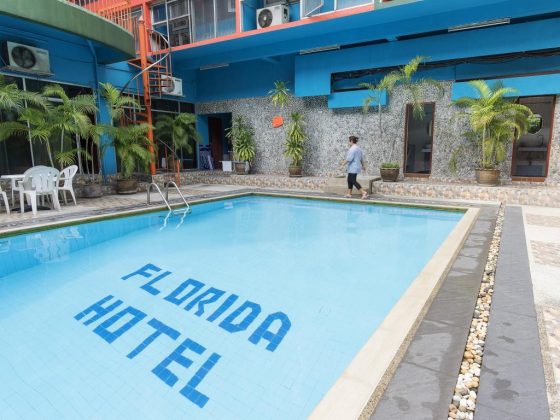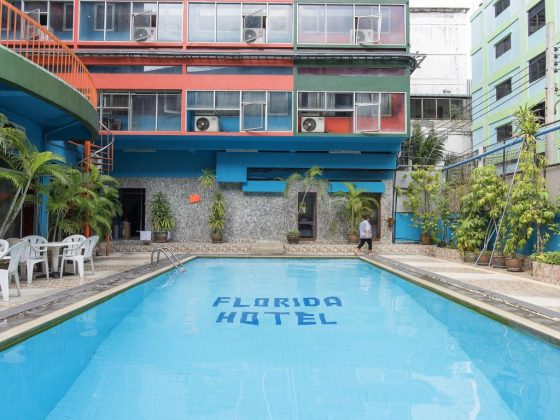BANGKOK — Atlanta and Miami. Florida, Malaysia and Dusit Thani.
Before today’s backpacker hostels, guesthouses and budget hotels exploded across the city, Bangkok’s charms belonged to a generation of mid-20th century hotel palaces, many named after Western locales.
They appealed to the travelers who came with the birth of modern aviation, a trickle that became a flood during the Cold War when Thailand aligned itself with the United States and American money, soldiers and business poured into the country.
Read: A Salute to 50 Years of Late Nights at Bangkok’s Malaysia Hotel
There’s no denying that much of the tourism surge and major city development, including Bangkok’s hotel boom that began in the ‘50s owed to 20 years of war that consumed neighboring Vietnam, Cambodia and Laos.
The intense war from 1955 to 1975 saw a continuous stream of soldiers who were permitted to take a week of R&R (rest and relaxation, not rock ‘n roll) at destinations which included Australia, Hong Kong, Singapore, Hawaii, Taiwan and Bangkok.
Entrepreneurs rushed to capitalize on the opportunity, and grand hotels sprang up with an international orientation. For the ones that have survived into the 21st century, many more, such as the Federal, Liberty, Morokot, Prince and Rex hotels closed down, disappeared or were demolished.
Here’s a look at some of the remaining architectural reminders of the Bangkok that was, from the famed and soon-to-be-gone Dusit Thani, Chaovalit (now Ambassador) and Siam Intercontinental hotels. Click to see more photos in the albums.
Miami Hotel, 1965
For better or worse, the Miami Hotel looks much the same today as it did in its glory days. Many Thai hotels built in the ‘60s were named after American places like Florida and Atlanta, and this one went with Miami because it was the same year Apasra Hongsakula became the first Thai woman to be crowned Miss Universe in Miami Beach.
Located a few steps in Soi Sukhumvit 13 near BTS Nana, the hotel is equipped with high ceilings and ‘60s-era amenities such as jukebox machines and a vintage telephone switchboard. The 52-year-old hotel accommodates tourists, geriatric GI returnees and visa candidates (it’s located next to visa application center VFS Global).
The vintage exterior and interior also contribute to a popular photoshoot spot for fashion models and celebrities.
Go now to experience that shabby, worn-in look: Major renovations will begin next year, third-generation owner Suphol Tansirichaiya says.
Malaysia Hotel, 1967
Located on Soi Ngamduplee in Sathorn area, the Malaysia Hotel is run by a Thai-Chinese family, now in its third generation. The name actually doesn’t have anything to do with Thailand’s neighboring country Malaysia, but rooted from the owner’s Chinese family name Ma.
Read: A Salute to 50 Years of Late Nights at Bangkok’s Malaysia Hotel
The five-decade hotel’s original building has 120 rooms and back in its older era the room rates started at only 120 baht per room. After GIs left, the price dropped to 60 baht to attract backpackers.
The hotel’s Malai restaurant, opening 24 hours, attracts all kinds of diners and tends to be an after-hours magnet for those beginning or deepening their hangovers.
Rajah Hotel, 1966
Only a few meters away from red-light sex mall Nana Plaza, the Rajah Hotel still stands today as a serviced apartment with daily, weekly and monthly rates.
The hotel’s lobby, cafe and restaurant remain original Polynesian-style decor. Major renovations are due early next year.
Atlanta Hotel, 1952
Built in 1952 by Berlin-born engineer Max Henn as the Atlanta Chemical Co. deep down Soi Sukhumvit 2, the building later became the Atlanta Hotel.
Today, portraits of Henn and his wife, who was a pharmacist at Chulalongkorn University, hang in the hotel’s photogenic lobby, resplendently decked out with a period-perfect 1940s vibe. The rooms are generally less charming, and prominent signs make it clear that sex tourists are not welcome.
It also claims to be the home of Bangkok’s first hotel swimming pool, built in 1954. A kiddie pool was added in 1957.
King’s Hotel (Chaydon Sathorn Hotel), 1959
King’s Hotel opened in 1959 on South Sathorn Road next to what was then the Embassy of Malaya and is now the Embassy of Malaysia. It welcomed big-name guests including Gen. Praphas Charusathien, who commanded the army to violently suppress a popular uprising in 1973, leading him to go into exile.
The hotel’s popularity dwindled after US forces left, and today it’s surrounded by newer buildings such as the Alliance Francaise and the Malaysian and Australian embassies.
The hotel was sold to M Hotel Group in 2007, changed its name to All Seasons Hotel, then was renovated into today’s Chaydon Sathorn Hotel.
Thai Hotel (Hotel De Moc), 1962
The Thai Hotel opened in May 1962, not far from Khaosan Road and a 10-minute walk from the monument for which would later be renamed. It had its 15 minutes – or seconds – of fame when it appeared in a black-and-white, 1965 spy film “Operation C.I.A.” with a young Burt Reynolds who stayed in room 607.
Years later the hotel was renovated and changed its name to the Hotel De Moc just after the turn of the millennium.
Although half a century has passed, hotel receptionists said they still get guests specifically asking for room 607, reservation manager Sonthi Saiklai said.
Florida Hotel, 1968
Sitting right at the corner of Phayathai intersection, Florida Hotel offers nearly 70 rooms with retro multicolored facades.
The 3-star hotel’s best trademark is its Thai culinary hallmark “Shell Chuan Chim” where barbecue pork spare ribs, bun and onion soup are musts. A part of the restaurant was displayed through Thai romantic film “Heart Attack.”
Related stories:
A Salute to 50 Years of Late Nights at Bangkok’s Malaysia Hotel




































